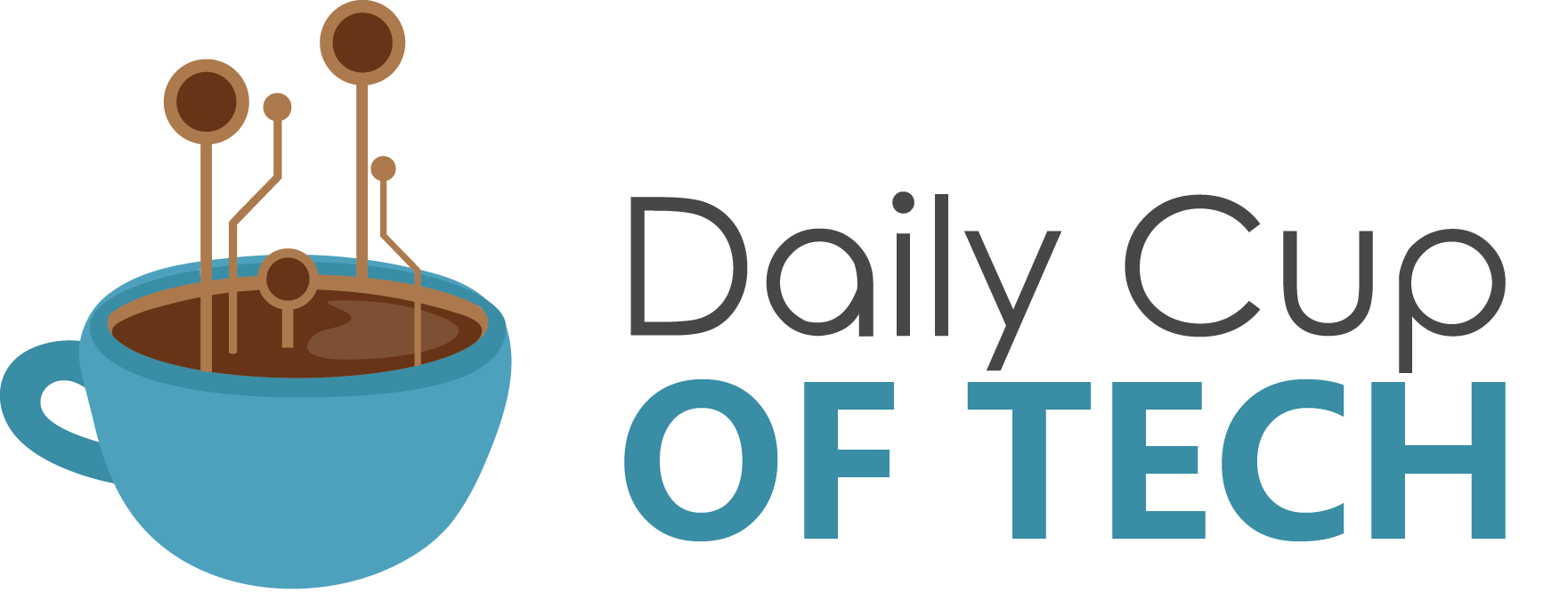Exploring Capital Market Options: SPAC vs IPO
When a company seeks to go public and access the capital markets, it faces a critical decision: choosing the most suitable route to raise funds. Traditionally, the initial public offering (IPO) has been the primary method for businesses to go public. However, in recent years, special purpose acquisition companies (SPACs) have emerged as a popular alternative. Each pathway offers unique advantages and challenges, and understanding the differences between the two is essential for companies considering this major step in their growth trajectory.
An IPO is the conventional process by which a privately held company offers shares to the public in a new stock issuance. This route involves extensive regulatory scrutiny, financial disclosures, and a roadshow to attract potential investors. The process can take anywhere from six months to over a year and requires coordination with underwriters, legal teams, and auditors. Companies that go public via IPO often gain credibility, enhanced visibility, and access to a broad investor base. However, the process can be expensive and time-consuming, with market volatility potentially impacting valuation.
In contrast, a SPAC offers a faster and potentially more flexible route to the public markets. A SPAC is a shell company created solely to raise capital through an IPO with the intention of acquiring an existing private company. Once the SPAC raises funds, it typically has 18-24 months to identify and merge with a target company. When the merger is complete, the private company effectively becomes publicly traded without going through the traditional IPO process. SPACs can provide quicker access to capital and allow for more negotiation around valuation, which may be attractive to high-growth startups.
Despite the streamlined nature of SPACs, there are significant considerations and risks. One major concern is due diligence. In a traditional IPO, the due diligence process is thorough and governed by strict regulatory standards. With SPACs, the timeline is shorter, and although regulatory requirements still apply, the scrutiny may be less intense. This has led to concerns about the quality of companies entering the public markets via SPACs, with some high-profile failures in recent years.
Valuation is another key difference. In an IPO, the market determines the valuation through investor demand. In a SPAC, the valuation is negotiated between the SPAC sponsors and the target company, which can lead to discrepancies between expected and actual market performance. Some companies that went public via SPACs have seen their valuations drop significantly post-merger, raising red flags for investors and regulators alike.
Regardless of the route chosen, companies must ensure their financial statements are in order and compliant with public company standards. This is where accounting advisory services become invaluable. These services help companies navigate complex accounting regulations, prepare for audits, and ensure transparency and accuracy in financial reporting. Whether pursuing an IPO or a SPAC transaction, a strong financial foundation is essential for long-term success in the capital markets.
Ultimately, the decision between a SPAC and an IPO depends on a company’s goals, financial health, growth strategy, and tolerance for risk. For companies seeking speed and negotiated terms, SPACs may offer an attractive route. For those valuing investor confidence and rigorous vetting, IPOs may be the better path. Either way, having the right advisors and infrastructure in place is crucial to making the transition to a public company smooth and sustainable.
As the capital markets continue to evolve, so too will the methods companies use to access them. By weighing the pros and cons of SPACs and IPOs and leveraging expert guidance, companies can make informed decisions that support their long-term vision and shareholder value.

